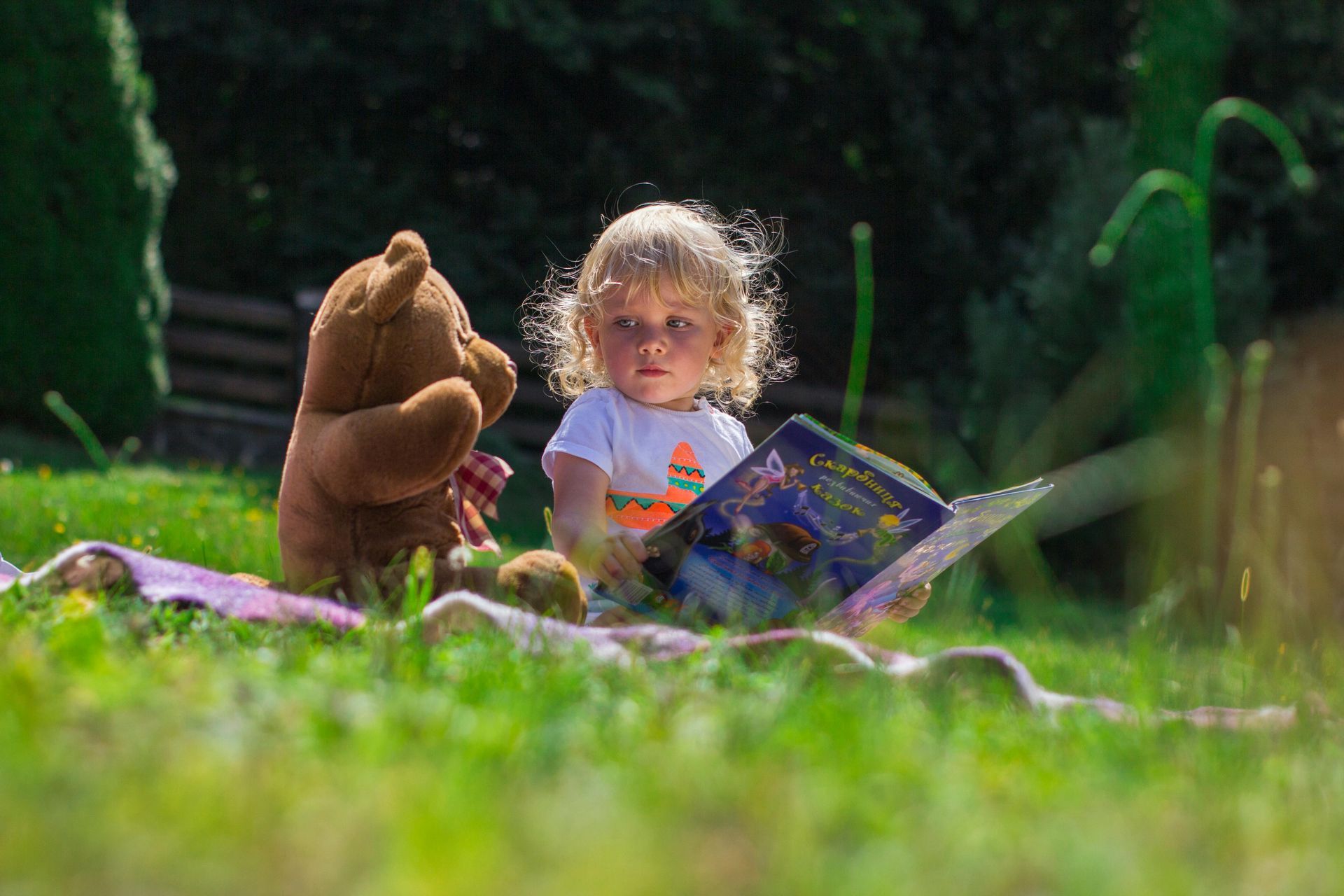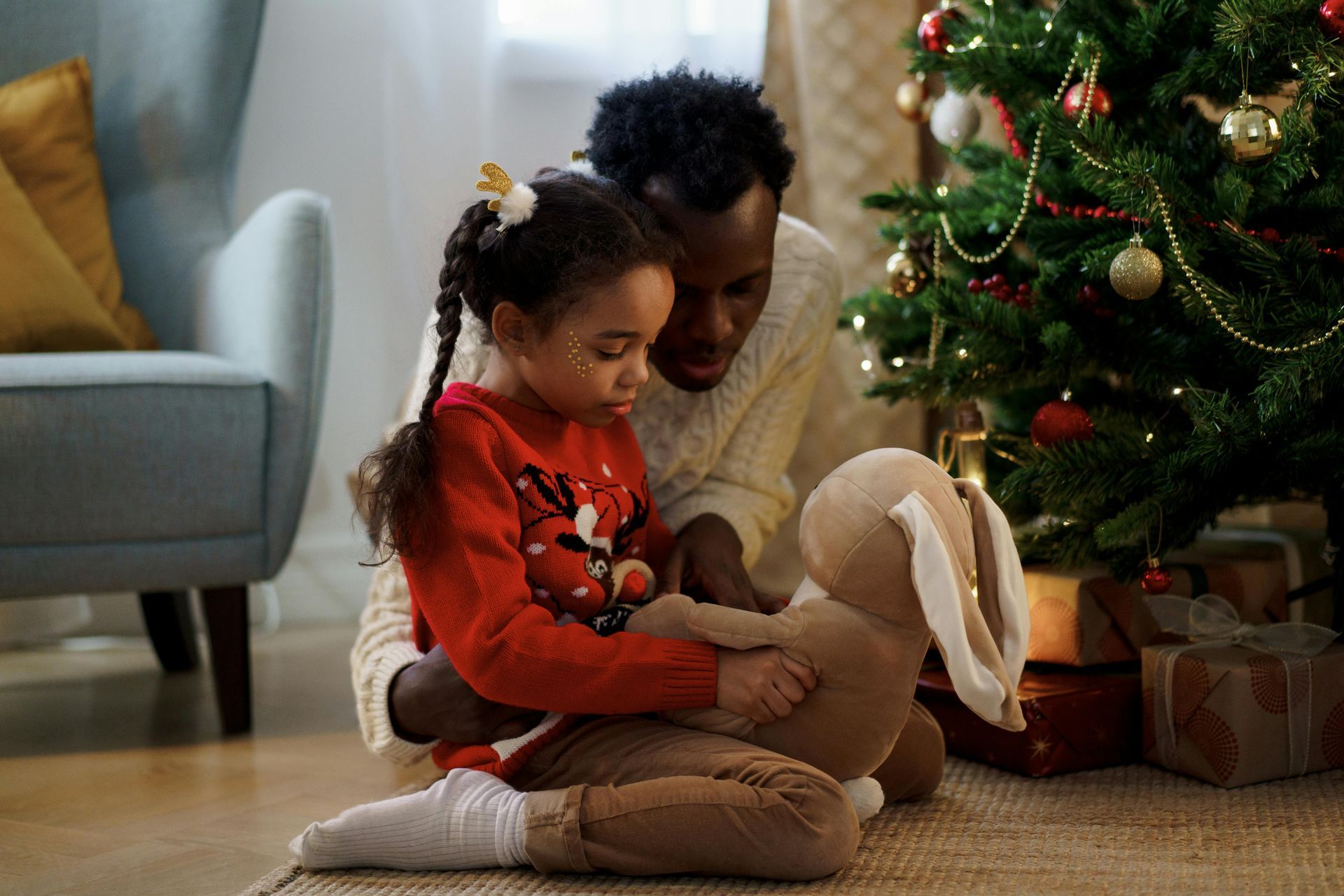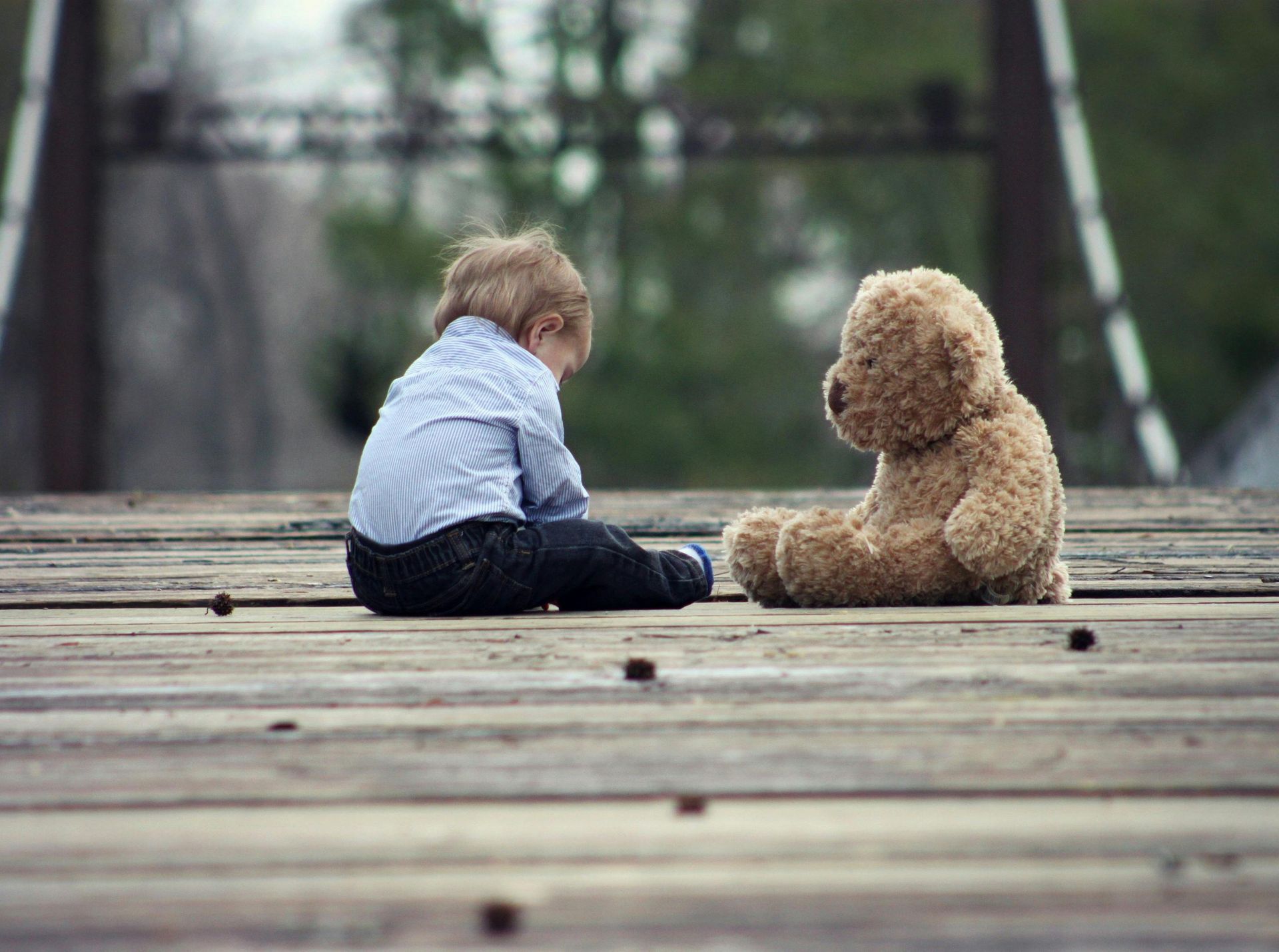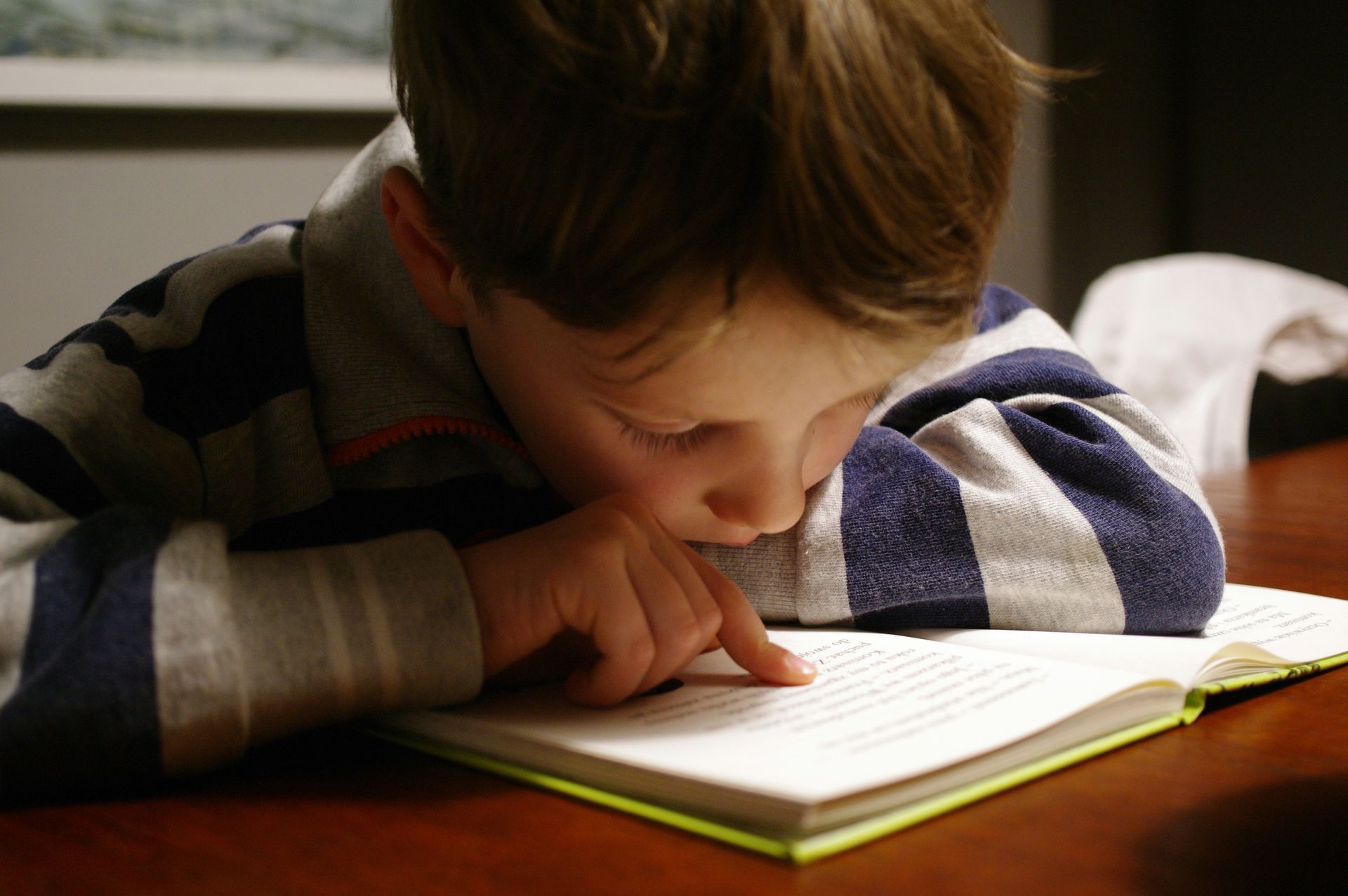Helping Children Manage Anxiety Through Stories
How the Mabel Series Supports Emotional Wellbeing

Anxiety is a big emotion for little minds. Whether it’s the first day of school, making new friends, or simply facing the unknown, children often experience worries they don’t yet know how to express. As parents and caregivers, we want to help them navigate these feelings in a way that feels safe and manageable. One of the most effective ways to do this is through storytelling.
Books like Mabel Meets Her Worry Beans by Allie Mary provide young readers with a gentle and engaging way to understand anxiety and learn how to cope with it. Through Mabel’s journey, children see that feeling worried is normal, and they can find ways to manage those feelings with support and understanding.
Why Storytelling Helps Children with Anxiety
Children may not always have the words to express what they’re feeling, but stories provide a safe space where they can see their emotions reflected in relatable characters. When children see Mabel dealing with her own worries, it reassures them that they are not alone.
Stories help children:
✔
Recognise their worries – Understanding that anxious feelings are normal is the first step in learning how to cope.
✔
Learn emotional strategies – Seeing characters like Mabel manage their worries teaches children practical ways to handle their own feelings.
✔
Encourage open conversations – Reading together creates an opportunity for parents and children to talk about emotions in a natural, comfortable way.
How Mabel Meets Her Worry Beans Helps Children Manage Anxiety
🐾 Recognising Worries: In the story, Mabel starts feeling small worries that begin to grow bigger and bigger. This mirrors how anxiety can build up in children when left unspoken. By recognising her worries, Mabel takes the first step in managing them.
🐾 Understanding That It’s Okay to Feel Anxious: The book reassures children that feeling worried is a normal part of life. It teaches them that everyone has worries from time to time, and it’s okay to talk about them.
🐾 Learning Coping Techniques: Throughout the story, Mabel learns simple strategies to help manage her worries. These might include deep breathing, talking to a friend, or using a “worry jar” to let go of anxious thoughts. Parents can encourage their child to try these techniques in real life.
🐾 Encouraging Communication: One of the biggest lessons in Mabel Meets Her Worry Beans is that sharing worries with someone who cares can make them feel smaller. Reading this story together allows parents and children to start a conversation about what makes them feel anxious and how they can work through it together.
Tips for Parents: Talking to Your Child About Worries
After reading Mabel Meets Her Worry Beans, take a moment to talk about the story with your child. Try asking:
- "Have you ever had a worry that felt really big?"
- "What helps you feel better when you’re worried?"
- "How do you think Mabel felt when she talked about her worries?"
This can help your child open up about their feelings and give you insight into what they might need for support.
Final Thoughts
Helping children manage anxiety doesn’t have to be overwhelming. With the help of stories like Mabel Meets Her Worry Beans, young readers can learn that they are not alone in their worries and that there are ways to feel calmer and more in control.
By introducing books that address emotions in a gentle and relatable way, parents can create a safe space for children to talk, learn, and grow emotionally.
Discover Mabel’s journey and help your child navigate their worries today!

Design & Build by Kangaroo UK









